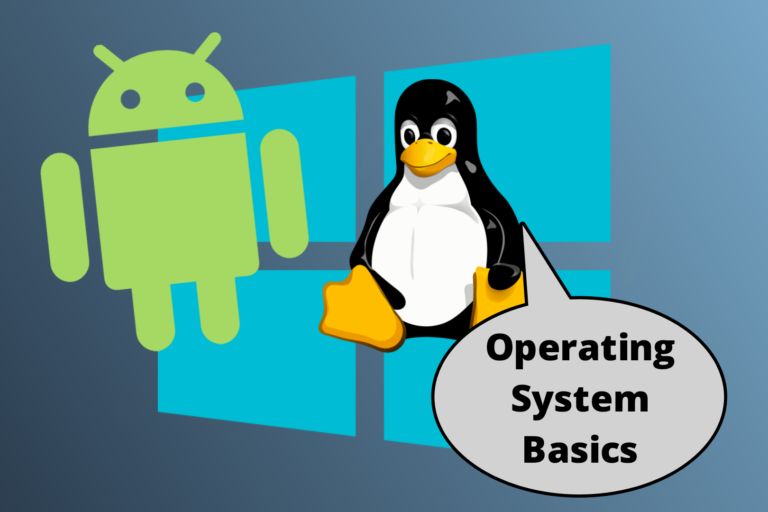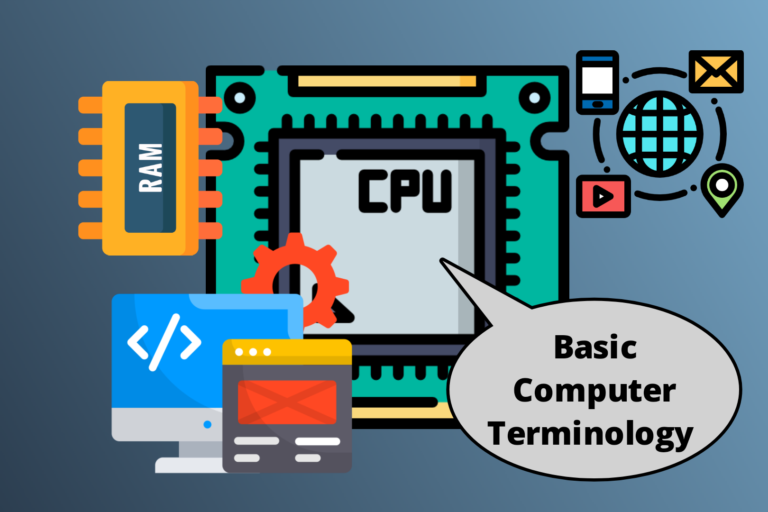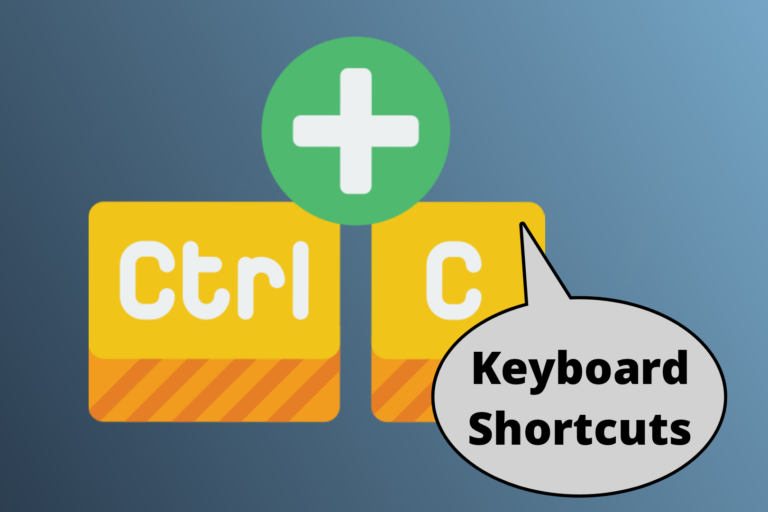Difference Between the First and Latest Android Versions
Introduction
Android, the world’s most popular mobile operating system, has undergone a massive transformation since its launch in 2008. From a basic smartphone OS with limited features, it has evolved into an AI-powered, highly secure, and customizable platform in 2024 with the release of Android 15.
In this blog, we will explore the difference between the first and latest Android versions, comparing Android 1.0 (2008) and Android 15 (2024) across 20 key areas.
What is Android?
Android is an open-source operating system developed by Google that powers smartphones, tablets, smart TVs, and wearable devices.
- First Version: Android 1.0 (Released in September 2008)
- Latest Version: Android 15 (Released in 2024)
The difference between the first and latest Android versions can be seen in performance, security, AI integration, and user experience. Let’s take a detailed look.
20 Major Differences Between the First and Latest Android Versions
| Feature | Android 1.0 (2008) | Android 15 (2024) |
| 1. User Interface (UI) | Simple, basic UI, no customization. | Modern Material You design with gesture controls and dynamic themes. |
How Android Has Evolved Over the Years
1. Modern User Interface & Customization
The first Android version had a basic, outdated UI. Today, Android 15 offers Material You, gesture-based navigation, and dynamic theming for a modern and personalized experience.
2. Performance & Speed Enhancements
Android 1.0 had limited processing power and often lagged. In contrast, Android 15 is optimized for high-speed performance with AI-driven enhancements.
3. Google Play Store Growth
The first Android version had only a few apps. Today, the Google Play Store hosts millions of apps, offering endless possibilities.
4. Stronger Security & Privacy
Android 1.0 had no biometric security or app permission control. Android 15 now includes fingerprint and face unlock, Private Space, and privacy dashboards.
5. AI-Powered Features
Android 1.0 had no AI integration, while Android 15 is AI-driven, featuring Google Assistant, smart replies, and predictive actions.
6. Faster Connectivity with 5G & Satellite Support
While Android 1.0 supported only 2G and 3G, Android 15 now supports 5G, Wi-Fi 6, and satellite connectivity, making internet access faster than ever.
7. Battery Efficiency
Older Android versions drained battery quickly. Android 15 features Adaptive Battery and Extreme Power Saver, ensuring longer usage.
8. Advanced Camera & Photography
Android 1.0 had a basic camera with limited features. Android 15 offers AI-enhanced photography, Night Mode, and 8K video recording.
9. Seamless Multi-Device Experience
Android now allows better syncing across smartphones, tablets, smart TVs, and smartwatches, ensuring a unified experience.
Why Android 15 is the Best Version Yet
- Fast & Optimized Performance – AI-powered system enhancements.
- Advanced Security – Fingerprint, face unlock, and Private Space.
- Customizable UI – Dynamic theming, gesture navigation, and wallpapers.
- AI-Driven Features – Google Assistant, predictive actions, and automation.
- Best for Gaming & Multimedia – High-performance GPUs, cloud gaming, and Game Mode.
The difference between the first and latest Android versions highlights the massive improvements in speed, security, AI, and customization.
Future of Android: What’s Next?
Android is constantly evolving, and future versions may bring:
- More AI-powered automation for smarter interactions.
- Better battery optimization for extended device usage.
- Stronger privacy protections to safeguard user data.
- Seamless integration across all Android-powered devices.
The difference between the first and latest Android versions will continue to grow as technology advances.
Conclusion
The journey from Android 1.0 to Android 15 showcases the incredible evolution of mobile technology. The difference between the first and latest Android versions is remarkable, with improvements in performance, security, AI, and user experience.
If you found this guide helpful, explore more technology-related tutorials on Basehow for deeper insights into computers and digital tools.
Did we miss any important computer terms? Let us know in the comments below!




